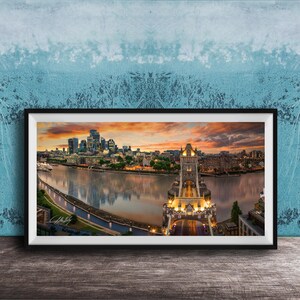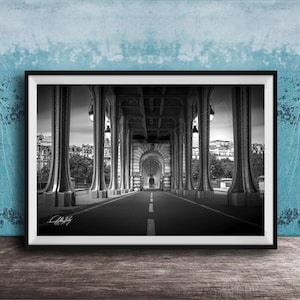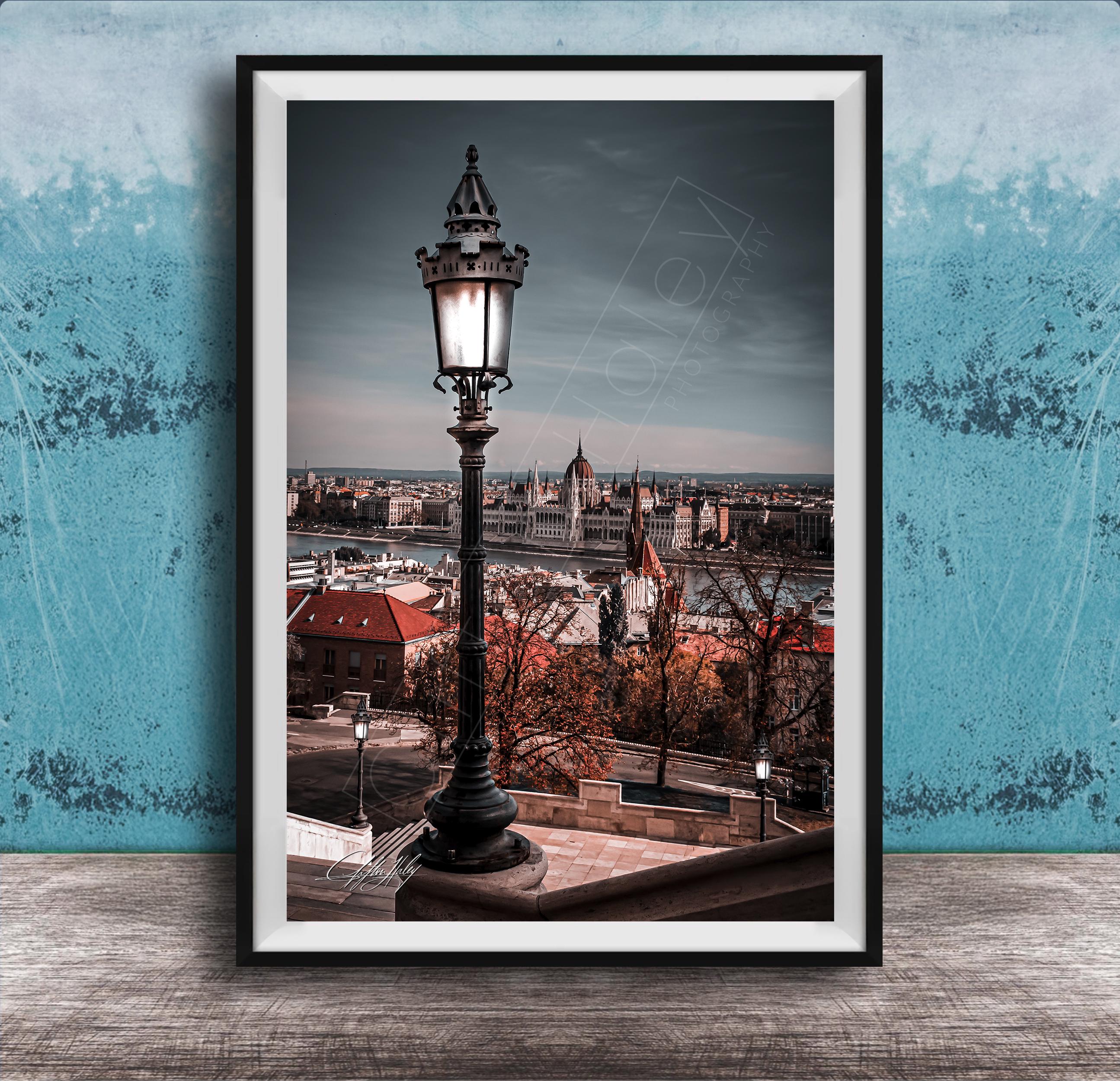

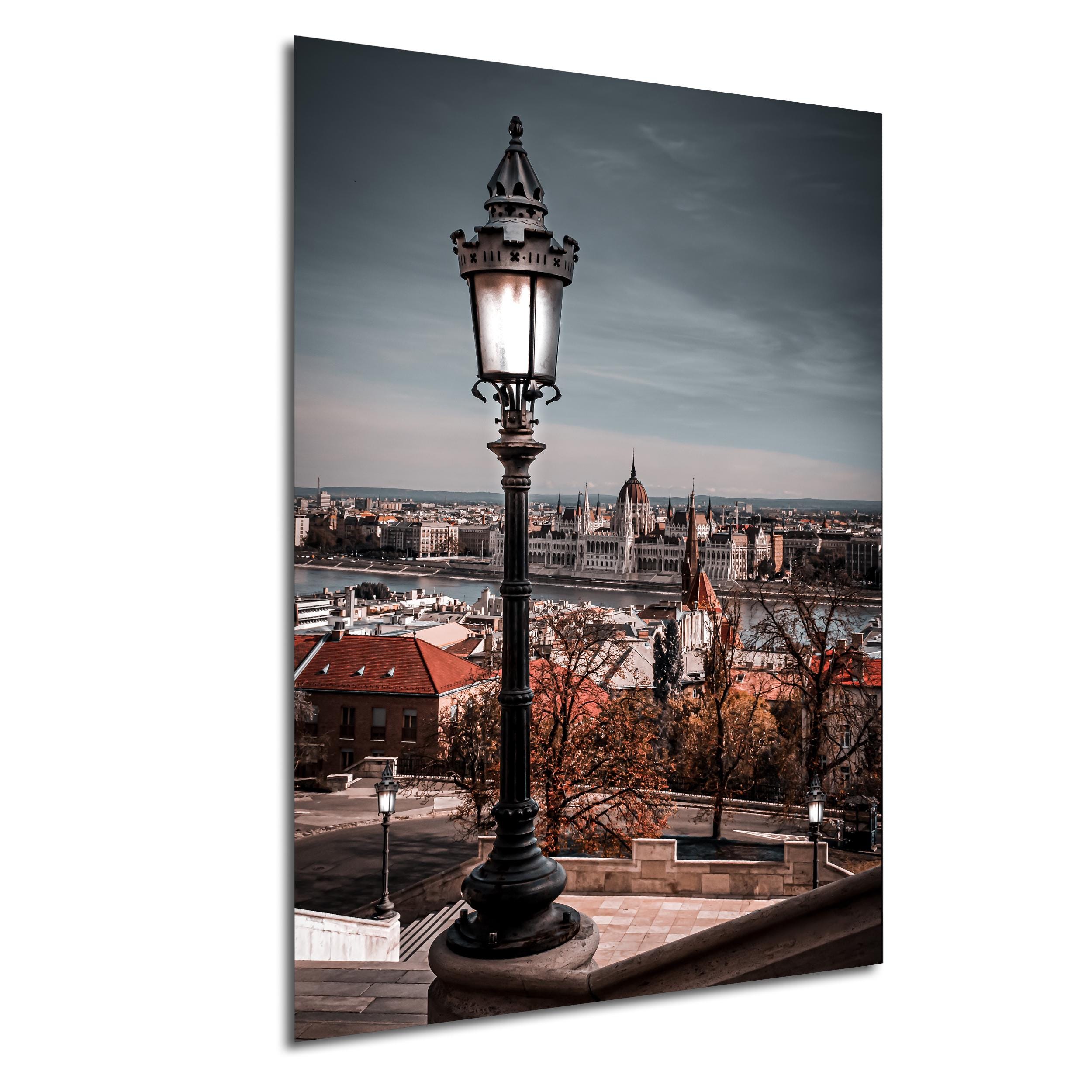
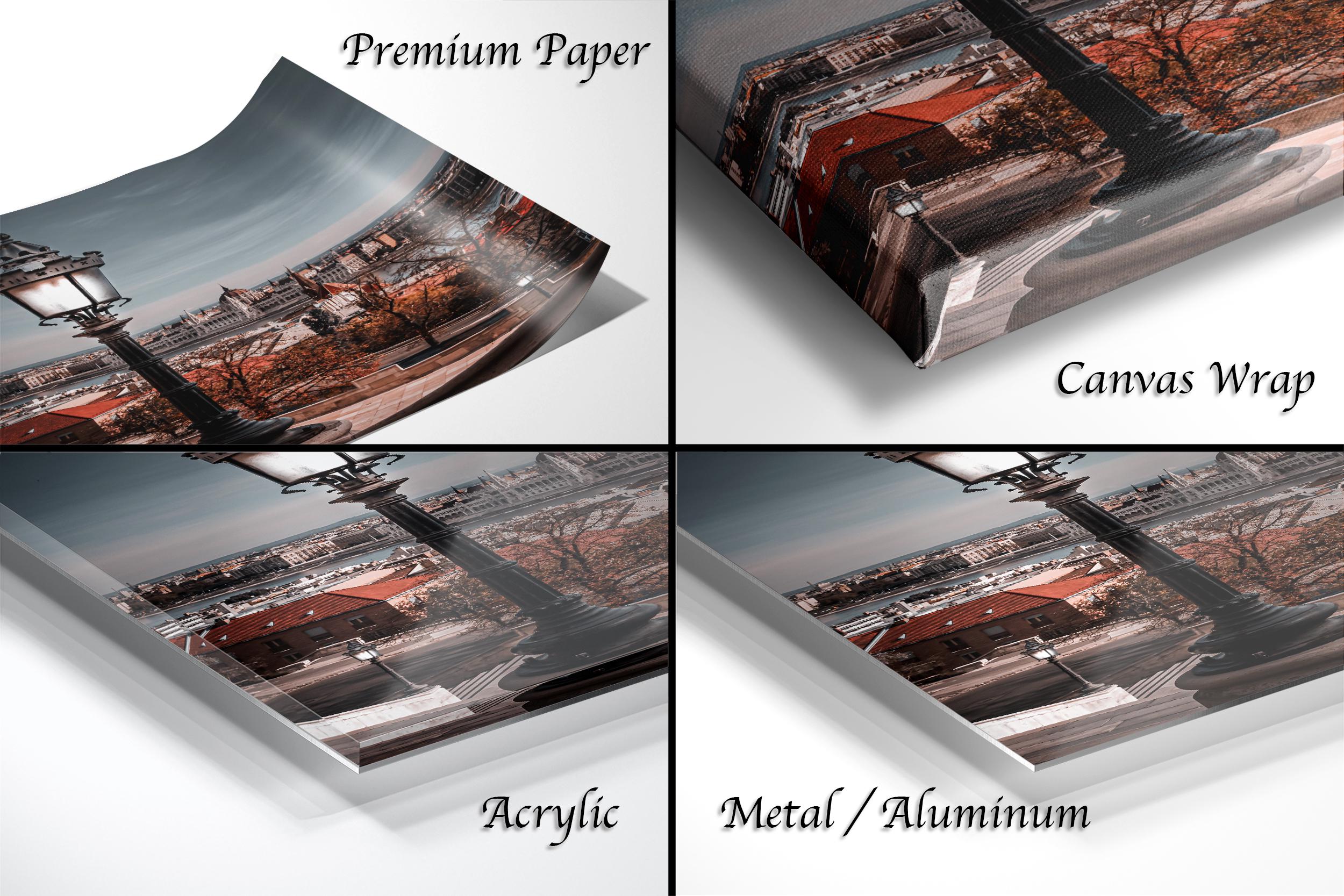

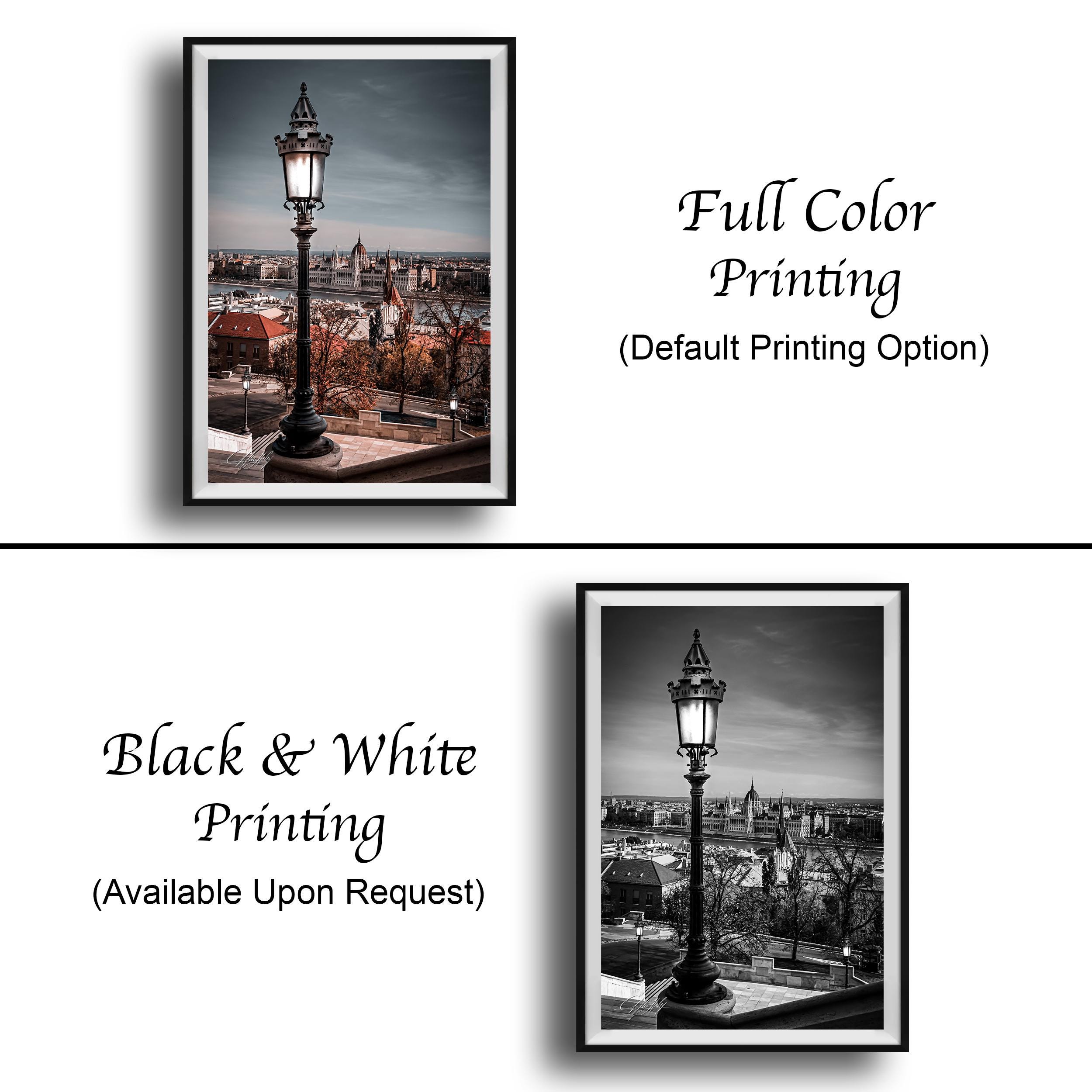

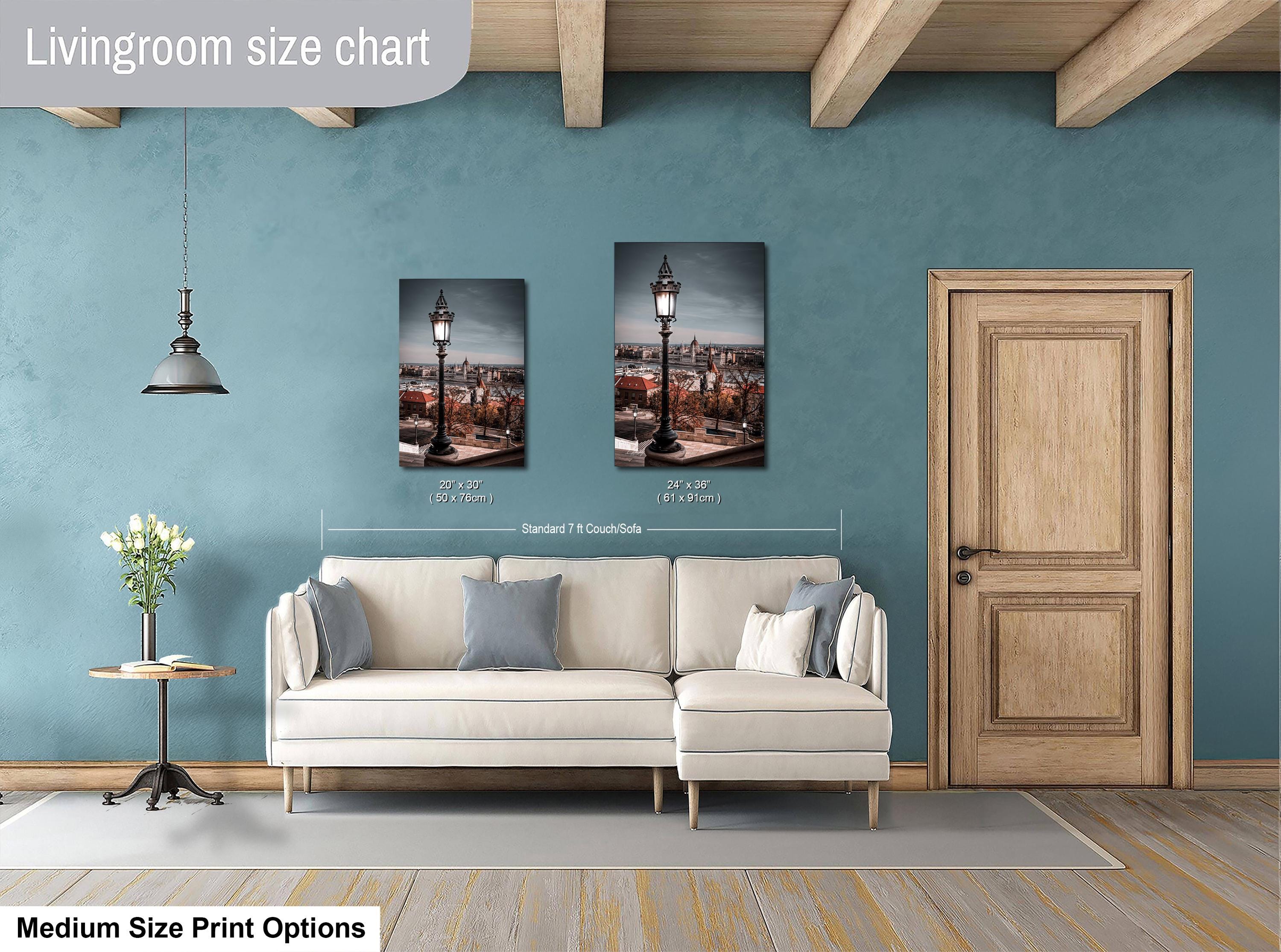


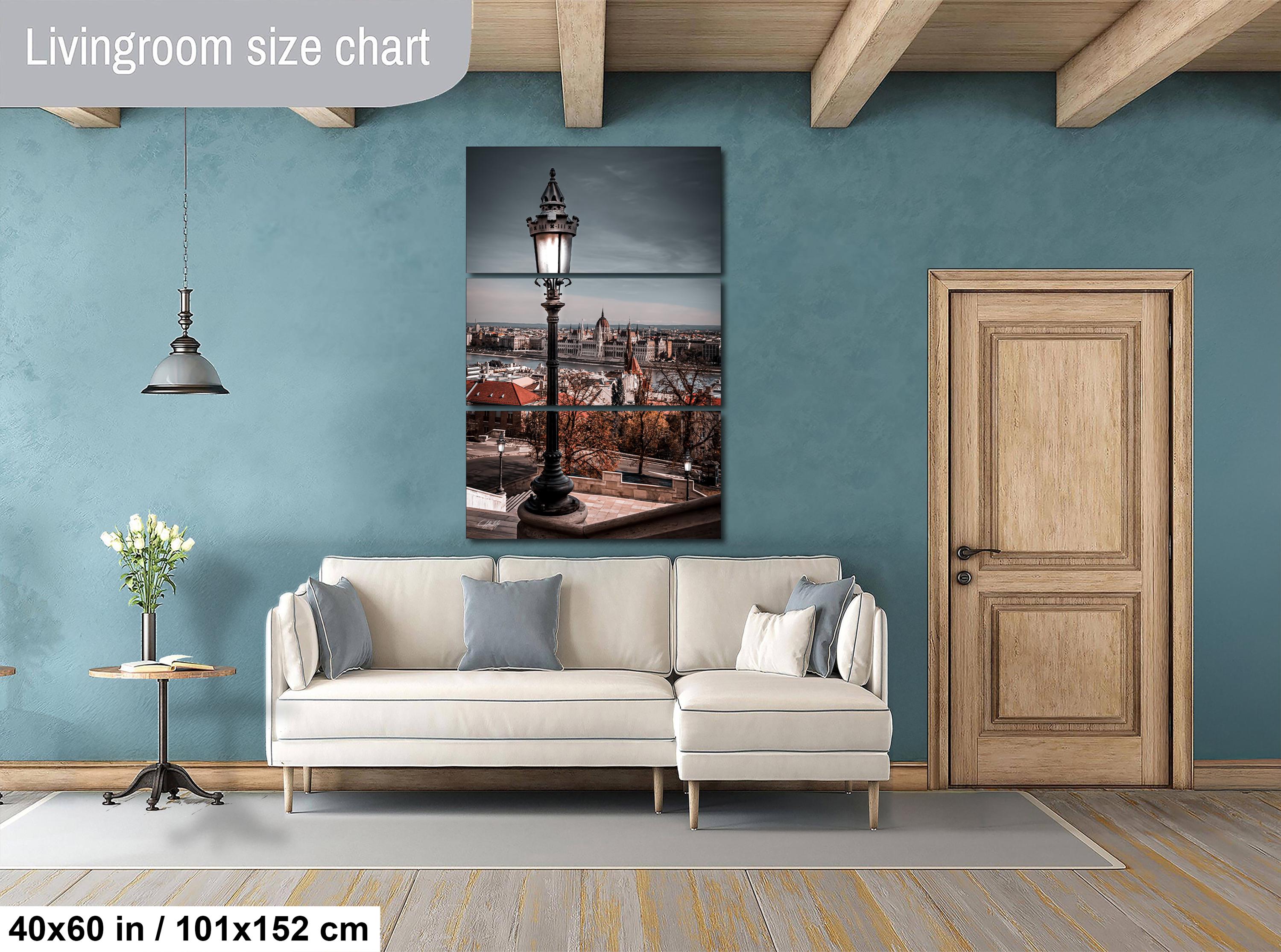
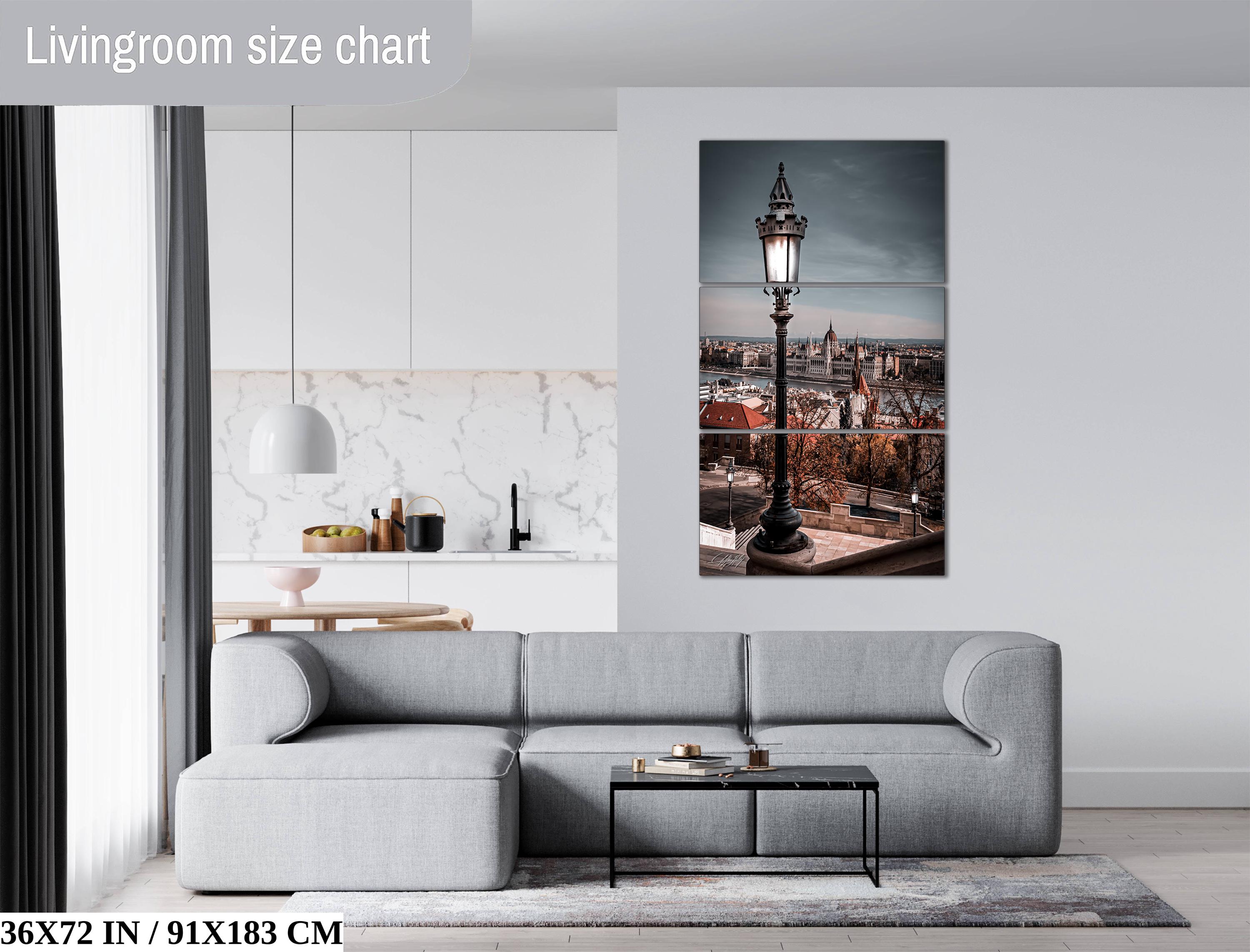
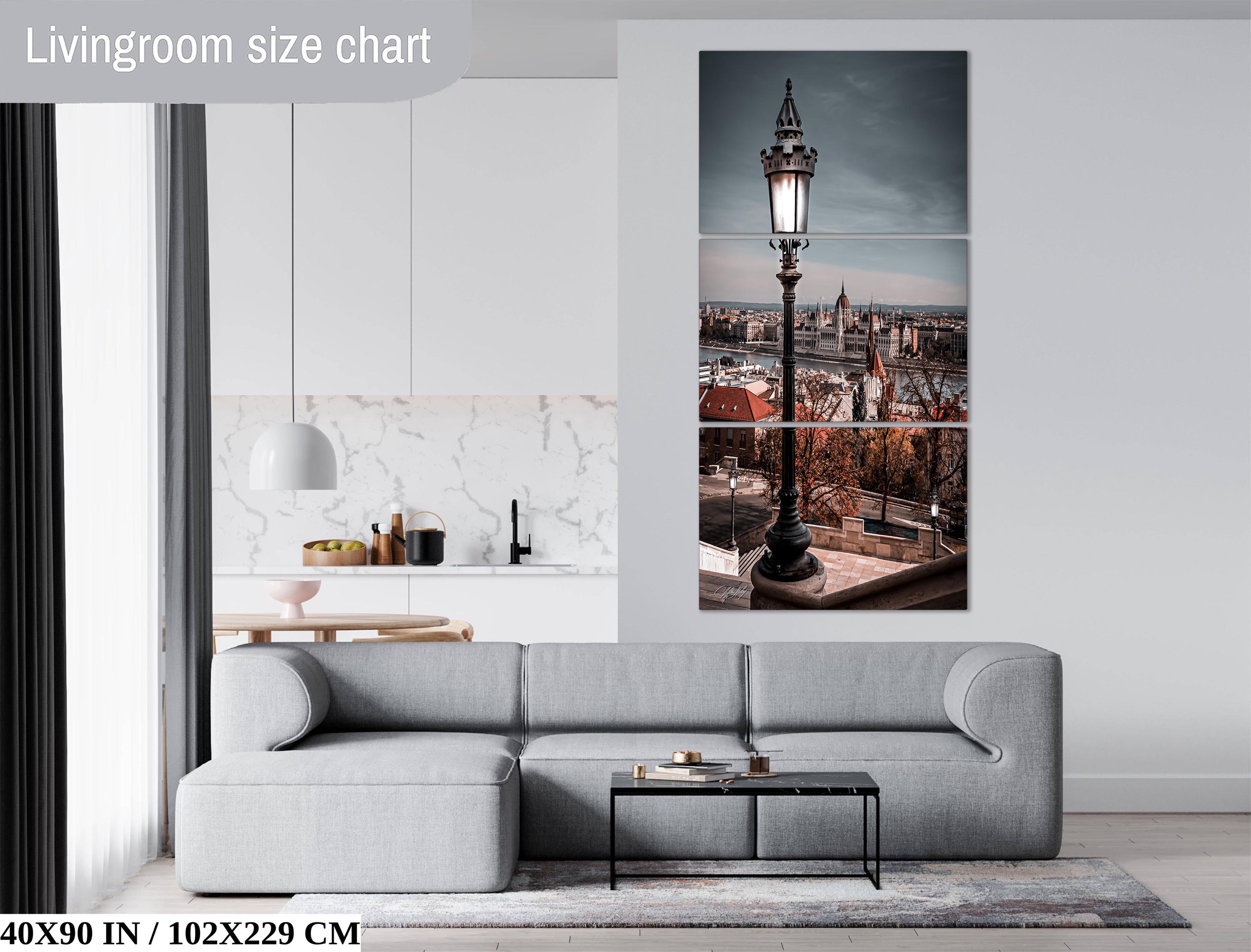
Europe
Budapest Castle Hill Print, Danube River View with Lamp Post (Fine Art Wall Decor)
$44.35
-
DetailsFor guaranteed Christmas day shipping, be sure to place your order by December 5th.
Budapest Castle Hill offers a breathtaking panorama where the Danube River weaves through the urban European scene, capturing the essence of this historic city. This fine art wall decor beautifully showcases the iconic river view and the warm breeze that defines Budapest’s charm.
Experience the vibrant colors of this outdoor city view, featuring a metal lamp post glowing under a deep blue sky. Perfect as a Budapest travel gift or for anyone who loves urban landscapes, this cityscape print brings a piece of Hungary’s rich culture into your home.
Budapest, Hungary’s capital and a European gem, has a storied history stretching from Roman times through Renaissance humanism, Ottoman rule, and modern revolutions. This artwork reflects that legacy with timeless appeal.
Each piece is made-to-order, ensuring your fine art is unique and personal. The artist's signature in the bottom corner authenticates every print as an original creation.
- Framed paper prints, acrylics, and metal prints include a 2" white mat border for elegant presentation.
- Canvas prints are flush mounted without a mat border for a sleek look.
- Ideal gift for travelers or lovers of outdoor city views and European urban scenes.
Please note: Because each piece is custom created, returns are not offered. However, if your artwork arrives damaged or there’s an issue, we will gladly exchange or replace it to ensure your satisfaction.
(***) No framing options available for international purchases. International orders containing frames will be canceled and refunded to the customer.

